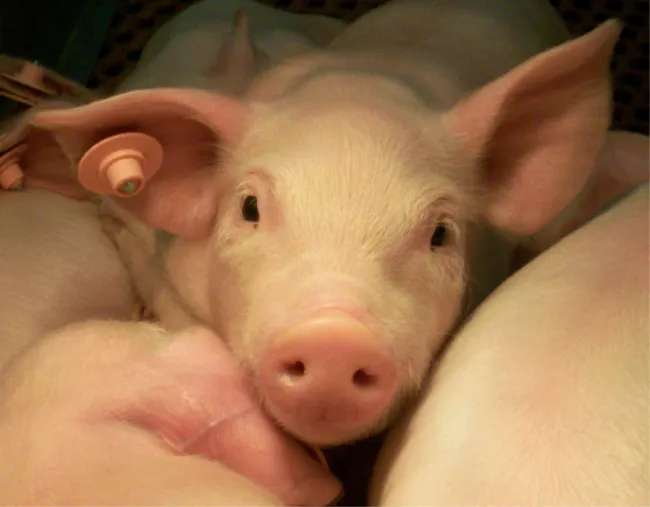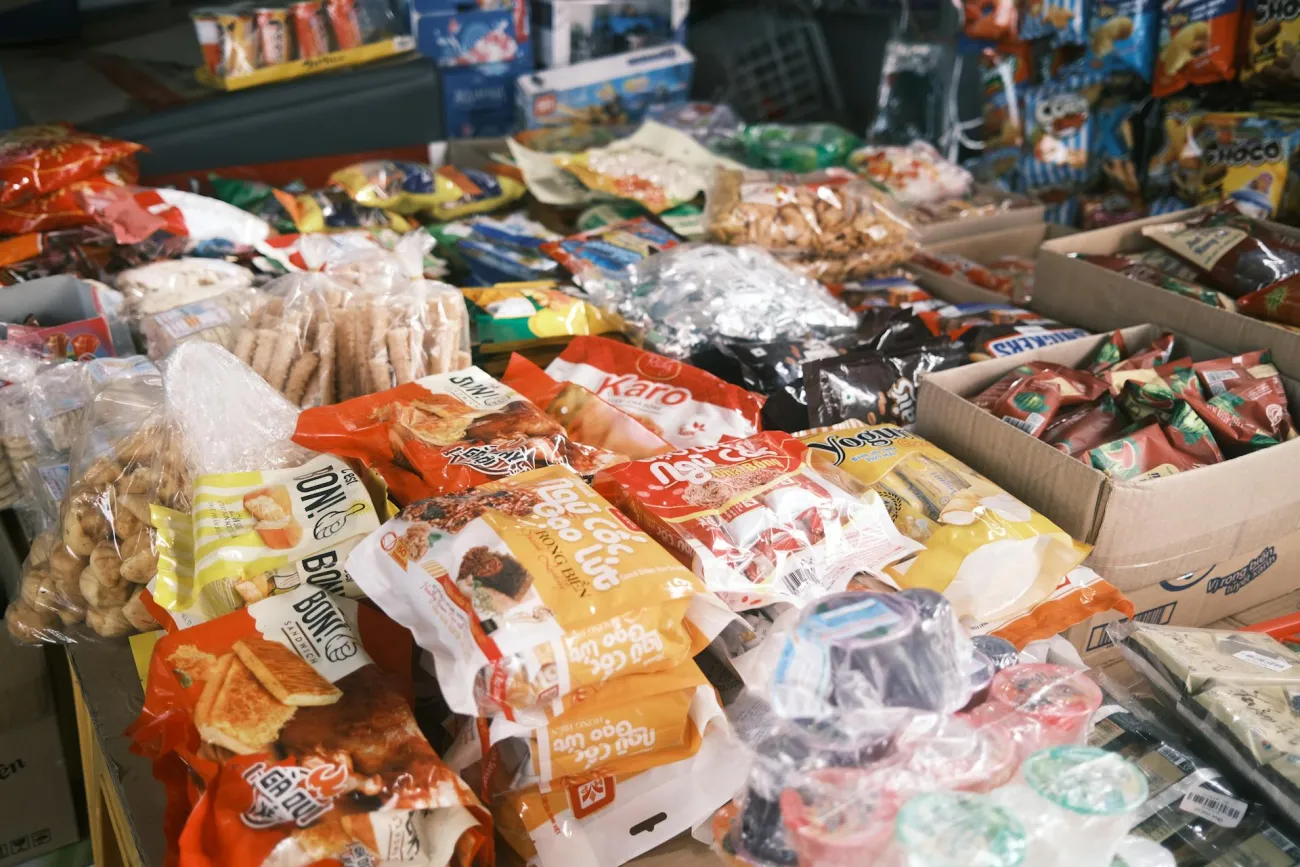Diseases that pass between animals and humans are responsible for many of the diseases affecting people worldwide, especially in developing countries. Animals (wild and domestic) also play an important role in the emergence and spread of entirely novel human diseases, with the potential for large impacts on human health, such as bird flu. Another aspect of this to which livestock contribute, is the rise and spread of resistance to antibiotic drugs.
One outcome of sustainable food systems is that they should be health promoting. It is, therefore, useful to understand the interconnection between infectious diseases in human and animals, and how these risks may be amplified or reduced by changes in farming systems.
Image

THEMES
PUBLISHED
08 Oct 2018




Comments (0)